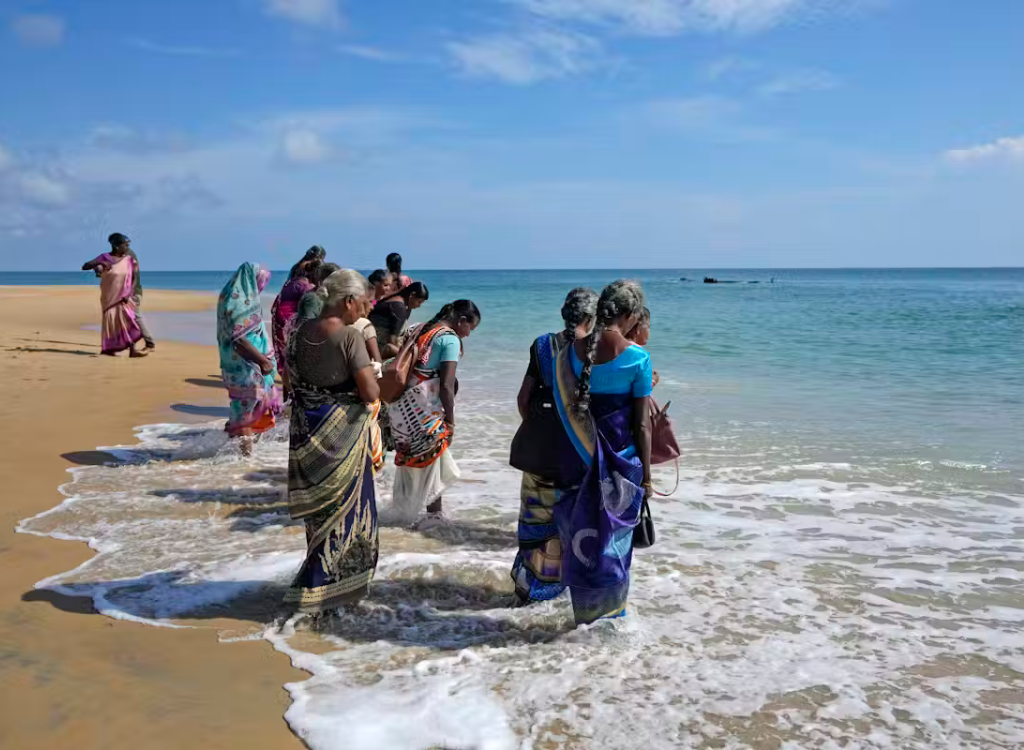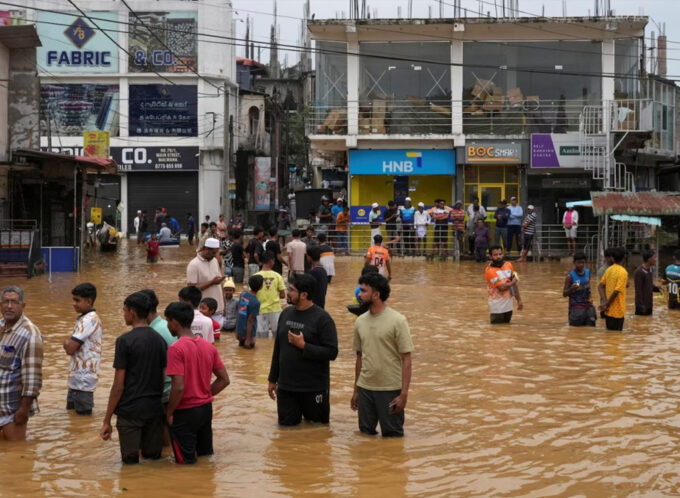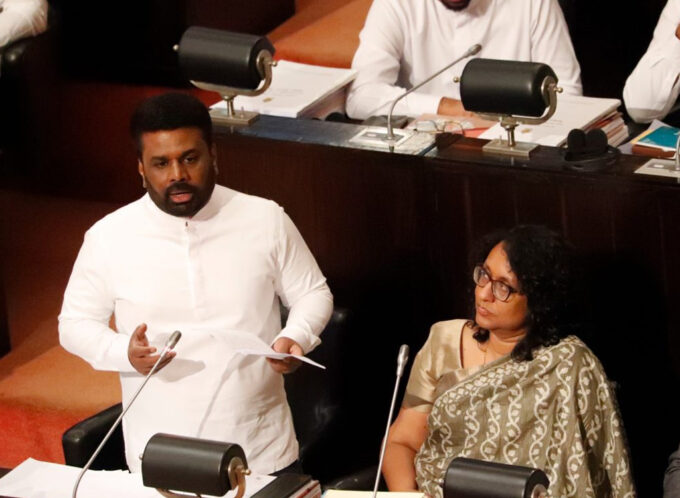South Asian countries Bangladesh and India are using settler colonial policies as they resettle citizens in contested territories.
The intention is to reduce the demographic strength of ethnic minorities, minimize their influence over their ancestral lands and eliminate their demands for internal autonomy.
Population resettlement is the practice of relocating members of the ethnic-majority population to disputed ethnic territories to undermine ethnic solidarity and obtain territorial control over those regions.
Population resettlement was an integral part of European colonialism. European colonizers settled their people in countries like India, bought up large swaths of land, established institutions that served their interests and achieved the territorial domination of the countries they colonized.
But even following the decline of European colonialism, the inclination towards colonial policy has not decreased in South Asia. My preliminary research is finding that population resettlement has become a part of the region’s post-colonial playbook.
The scene in South Asia
Over the years, South Asian countries have advanced population resettlement projects in their contested ethnic territories.
Nepal, for instance, launched its organized population resettlement program in 1961, relocating the Pahadi people from the hilly areas of the country to the Tarai lowlands, the contested homeland of the Madheshi, Tharu and Indigenous Peoples.
In the 1990s, nearby Bhutan evicted around a million Nepali-speaking ethnic Lhotsampas from its southern region and offered incentives to the majority Bhutanese people to settle in the area.
In 2019, the Indian government amended the country’s constitution to allow non-Kashmiri people from elsewhere in India to settle in India-administered Kashmir. The Muslim majority region has been divided into Indian, Pakistani and Chinese controlled areas for decades.
Kashmiris fear India is seeking more territorial control over the disputed region by changing its demographic makeup. Since 2019, it’s issued more than four million domicile certificates allowing outsiders to settle in Kashmir in an effort to expedite the settlement of the majority Hindu people in the region.
Pakistan hasn’t embarked on population resettlement to this scale, but its treatment of ethnic minorities is also troubling. The extreme oppression of ethnic groups in East Pakistan prompted Bengali minorities to fight for independence, leading to the formation of modern Bangladesh in 1971.
Bangladesh, in turn, continued Pakistan’s oppressive policies against its Indigenous minorities. Not only did it refuse to recognize Indigenous Peoples in its constitution, it also advanced the military-assisted population transfer programs in the Chittagong Hill Tracts, a region inhabited by Indigenous Peoples.
It provided the settlers with money, land, grain and arms to facilitate their settlements in Indigenous territory.
Currently, Sri Lanka has been resettling Sinhalese people to Tamil areas 14 years after the end of a devastating and prolonged civil war between Tamil separatists and the Sri Lankan state.
Timing of population resettlement
South Asian countries pursued these settlement policies as ethnic minorities — the Madheshis in Nepal, the Lhotshampas in Bhutan, the Kashmiris in Kashmir, the Paharis in Bangladesh and the Tamils in Sri Lanka — were demanding autonomy and self-determination in their ancestral territories.
The governments in these countries fear autonomy will eventually lead to secession. They’ve pursued settler colonial policies to resettle citizens in these regions to prevent that from happening.
Despite official claims that resettlements foster greater economic development and inter-ethnic harmony, population relocation causes real harms to ethnic cohesion, solidarity and collective rights.
It suggests these South Asian governments have internalized colonialism, although they didn’t all share the same experiences with European colonialism.
Choosing a questionable path
India, Bangladesh, Pakistan and Sri Lanka experienced direct British colonial occupation. While Nepal and Bhutan were not under direct colonial rule, they had indirect encounters with the British.
Nepal faced threats to its territorial integrity from the British government and fought against the potential encroachment during the Anglo-Nepal War of 1814-1816. It signed a humiliating treaty with the British government and ceded its sovereign rights over some of its territories.
Bhutan signed a treaty in 1910, allowing the British government to oversee its external affairs.
South Asian countries emulated the settler colonial mentalities of their former colonizers and are resorting to practices that hurt the marginalized communities living within their national borders.
Governments often insist they’ve adopted resettlement projects to enhance economic growth, development and inter-ethnic harmony. However, it is often ethnic minorities who are displaced and face threats to their cultures, traditions and languages. The displacement of Indigenous Paharis in Bangladesh is a glaring example.
Tarnishing reputations
Granting autonomy to ethnic minorities that would allow them to exercise their right to self-determination internally could prevent these human rights violations, but some South Asian governments have not taken this route.
Instead, they’re opting to move non-ethnic minority citizens into ethnic territories.
In an era when inclusion has become something aspirational in many countries, this colonial population resettlement practice is likely to hurt the credibility and reputations of South Asian states — and probably won’t end well. The nationalist dreams and aspirations of ethnic minorities don’t vanish in the face of adversity; quite the contrary.
*Hari Har Jnawali has a Ph.D. in Global Governance, with a specialization in the international human rights and global justice from the Balsillie School of International Affairs at the University of Waterloo. Dr. Jnawali is particularly interested in examining the states’ responses to minorities’ demand for autonomy and self-determination within states’ borders.
*The article was originally published on The Conversation.











Leave a comment